
Words of wisdom by John Waters, interviewed by Big Think… (oh and he says also that contemporary art hates you! and that’s very true)
[via hyperallergic]

Words of wisdom by John Waters, interviewed by Big Think… (oh and he says also that contemporary art hates you! and that’s very true)
[via hyperallergic]



David Byrne made a bunch of fake screenshots for iPhone apps that don’t exist. They’ll be in an exhibit called ‘Social Media,’ at The Pace Gallery (510 West 25th Street) from September 16 – October 15:
“The exhibition focuses on contemporary artists exploring public platforms for communication and social networks through an aesthetic and conceptual lens. In an era of increasingly omnipresent new technologies, Social Media examines the impact of these systems as they transform human expression, interaction, and perception.”
(via Boing Boing)
The Antics Roadshow is an hour-long special made by Banksy charting the history of behaving badly in public, from anarchists and activists to attention seeking eccentrics.
Contributors include Michael Fagan talking about breaking into the Queen’s bedroom: ‘I looked into her eyes, they were dark’; and Noel Godin, who pioneered attacking celebrities with custard pies: ‘Instead of a bullet I give them a cake’.
Explaining his reasoning behind the show, Banksy said: ‘Basically I just thought it was a good name for a TV programme and I’ve been working back from there’.
Narrated by Kathy Burke and produced by Jamie D’cruz, The Antics Roadshow examines the stories behind some of the most audacious stunts of recent times and what motivates the perpetrators, from mindless boredom to heartfelt political beliefs.
It includes a world exclusive first interview with the man responsible for putting the turf Mohican on Winston Churchill’s head.
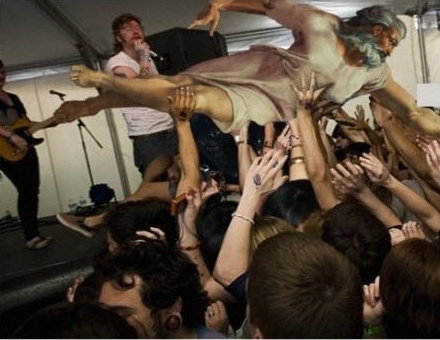
(via sasapongroove!!)
“Jordan Laws of ScreenWerks created a dubstep remix of ‘Hard In Da Paint’ by Waka Flocka Flame featuring the legendary painter and art instructor Bob Ross, host of the PBS show ‘The Joy of Painting’.”
(via Laughing Squid)

Si chiama “The Cup Game” ed è un gioco arcinoto negli States, perlopiù tra bambini e adolescenti, che lo usano come passatempo durante i campeggi estivi. Cosa serve? Un bicchiere di plastica e un po’ di senso del ritmo. Nel giugno 2009 però, una band tutta al femminile, le Lulu and the Lampshades, ha deciso di utilizzare quel beat per scrivere una canzone, che hanno poi postato su Youtube.
Il pezzo si chiama “Cups” (You’re gonna miss me when I’m gone) ed è di quelli che restano in testa dopo solo un ascolto. Tuttavia, non è diventato molto famoso fino al giugno 2011, quando Anna Burden, diciassettenne dell’Indiana, non ha deciso di realizzarne una cover, sfornando una versione che batte l’originale per ritmica e grazia vocale.
Ma il “cup beat” è diventato una vera mania e Youtube pullula di ragazzi che si cimentano con il gioco, e con la canzone. Eccone alcuni. Non viene voglia di provare? A me si.
e infine… ecco il mio :-)
(Via Driveby Blogging)

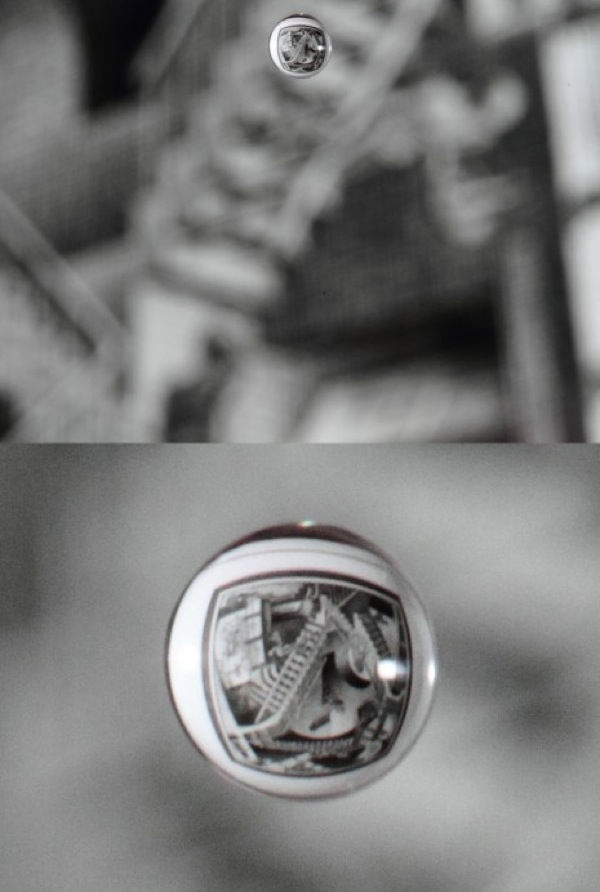
Redditor smsilton says it took him 150 shots and over two hours to capture this image of a water drop in front of an MC Escher painting…
(via Dangerous Minds)

(Via Driveby Blogging)

James Bridle created Rorschmap, which kaleidoscopes the satellite views of your favorite spots…
(Via Boing Boing.)
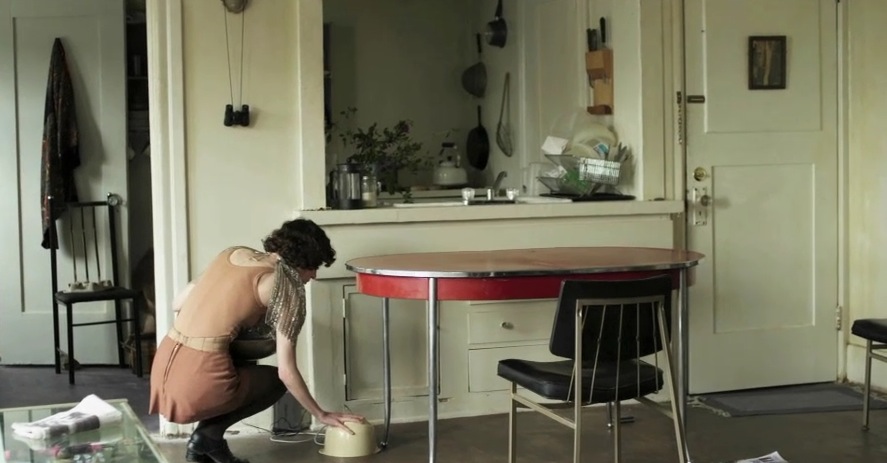
Miranda July suggests a strategy to avoid distractions and be productive again.
This is a deleted scene from her new movie “The future” (can’t wait to see it)…
[via nowness]

I memes non sono soltanto gif animate, personaggi bizzarri ed espressioni vernacolari. A volte, gli elementi replicanti prendono la forma del “comportamento”, dell’azione insensata, inutile e improduttiva. Qualcuno dà il via alle danze e milioni di persone seguono il suo esempio, replicando il comportamento iniziale secondo infinite varianti. L’azione viene reinterpretata, coverizzata, stravolta e ricopiata. Spostata di contesto, mescolata con nuovi elementi, reinventata.
Per chi ha un po’ di confidenza con l’arte contemporanea, non è difficile riconoscere in queste azioni il DNA di molte correnti artistiche fondamentali del secondo Novecento, come la performance art e l’arte concettuale. La performance come atto spontaneo, non teatrale e dis-funzionale. L’arte concettuale per la centralità accordata all’idea e alla sua formalizzazione in un set di “istruzioni”. Istruzioni eseguibili da chiunque.
Qualche esempio di comportamento / performance virale?
Planking, ossia sdràiati a pancia sotto nei luoghi più impensati, fatti una foto, mettila su Facebook. Di origine australiana.
Tag 241543903, ossia metti la testa nel freezer, fatti una foto, caricala su Flickr e aggiungi un tag numerico.
In questo caso, la commistione con l’arte è ancora più evidente. L’iniziatore del “gioco” è infatti David Horvitz, artista concettuale doc, che nell’aprile 2009 postò sul suo Tumblr una serie di “istruzioni” come parte di un progetto più ampio che cita famose opere degli anni Sessanta e Settanta (basta pensare agli instruction pieces di Yoko Ono).
Il prossimo quale sarà? E’ già arrivato, si chiama Owling…

P.S. nel freezer la testa ce l’ho messa anche io :-)
Google Melon, by Marco Cadioli…
(via mbf tod@y)

(via COLT + RANE)
(via How to be a Retronaut)
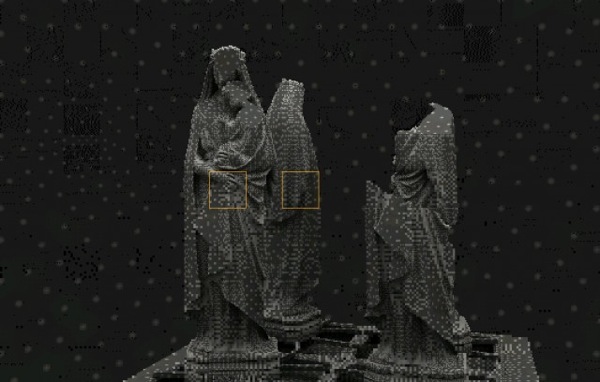
Created by Katarzyna Kijek and Przemysław Adamski, ’In statu nascendi’ captures the ’under construction’ process, in this case, of global illumination pass in rendering:
To highlight a peculiar inability to reflect reality by the film, we focus on the ‘struggle’ of generating an image. We capture the process of rendering ‘in statu nascendi’ (‘under construction’). Therefore we try to intercept this moment of the creative process, which is the most ephemeral – a temporary, piecemeal render phases (mostly global illumination pass). In the course of animation every next frame is more accurately rendered but still far from the target appearance. By analogy to chemical processes, the term ‘in statu nascendi’ refers to the intermediate products of chemical reactions, which can not be isolated from the environment of this reaction. They are therefore just ‘under construction’, and then disappear.
More at kijekadamski.blogspot.com
(via CreativeApplications.Net)
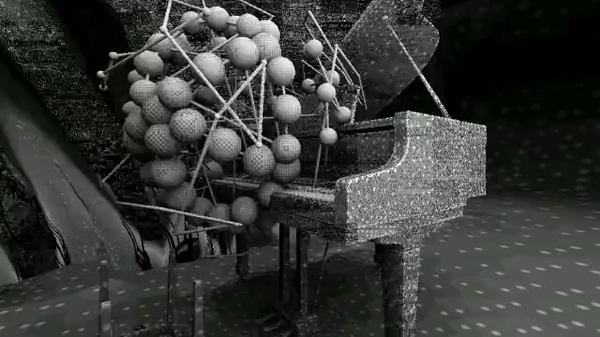
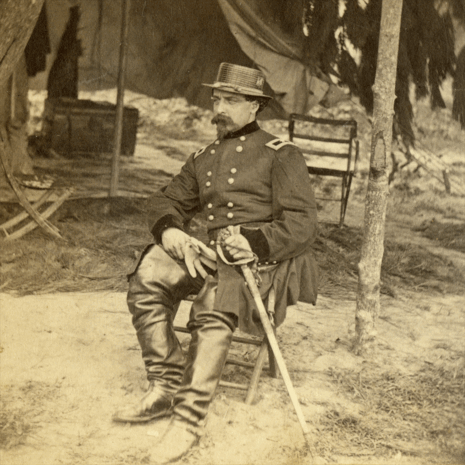
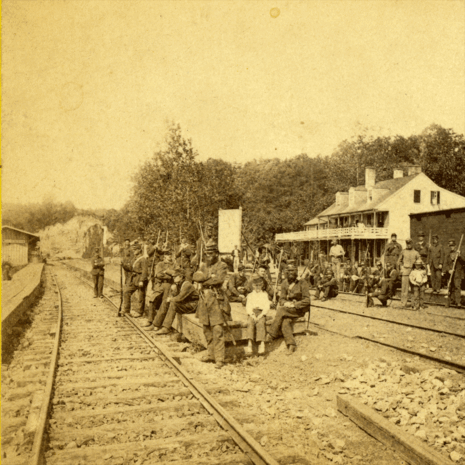
Commemorating the Civil War’s upcoming 150th anniversary, NPR is currently showcasing a nice collection of stereoview photographs from the war. All the photos are courtesy of the National Museum of American History.
(via Dangerous Minds)